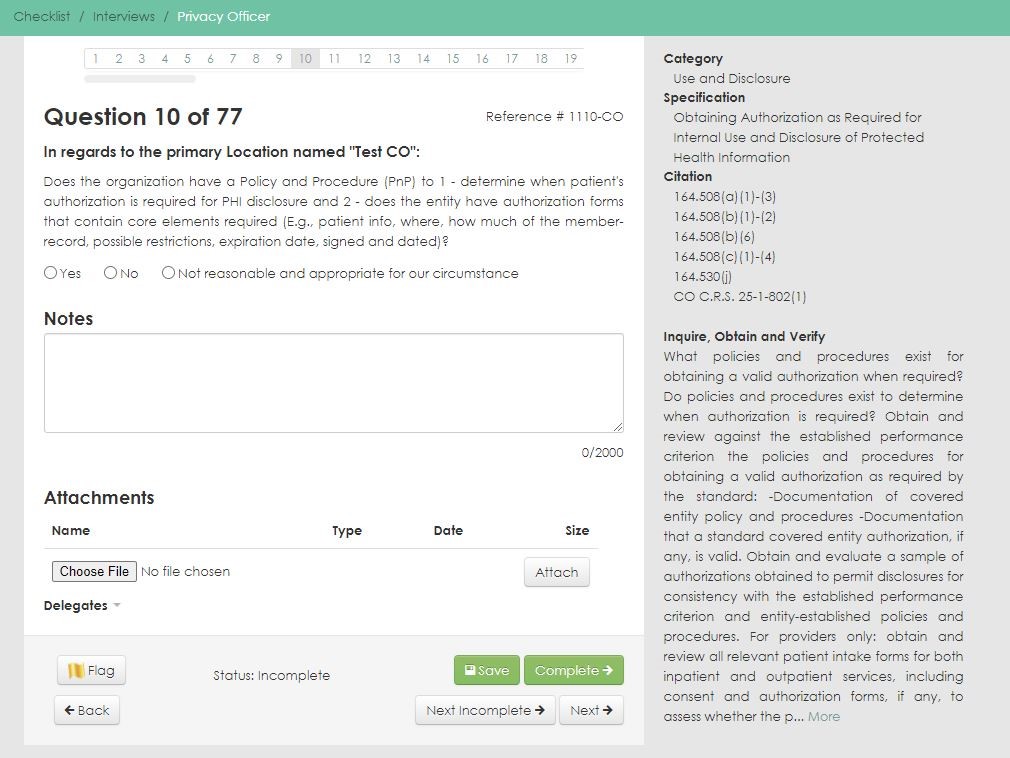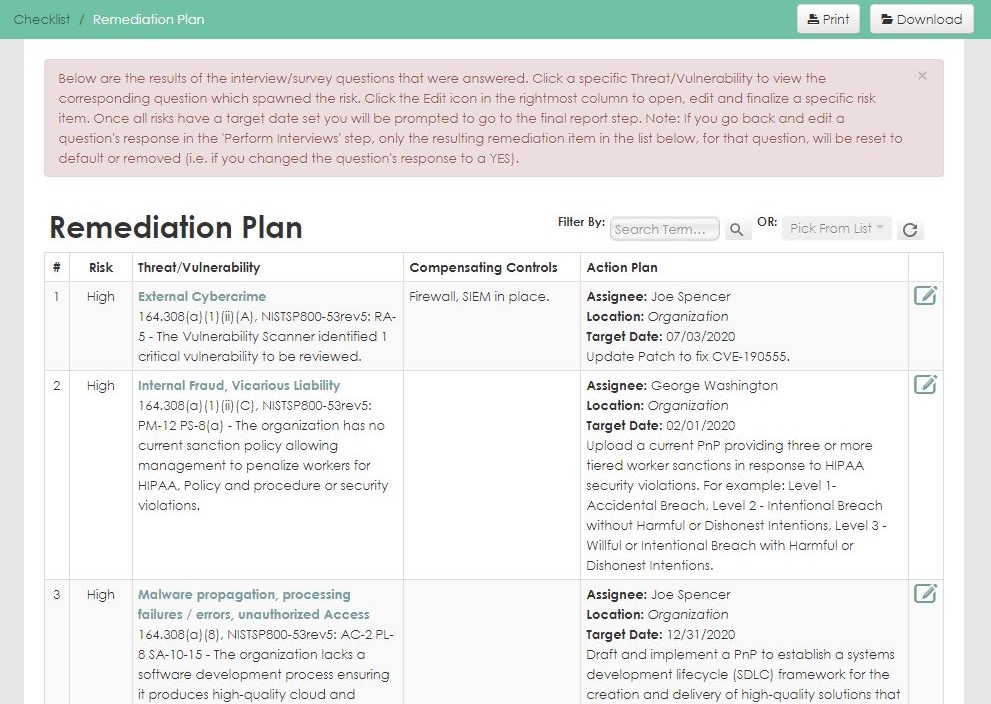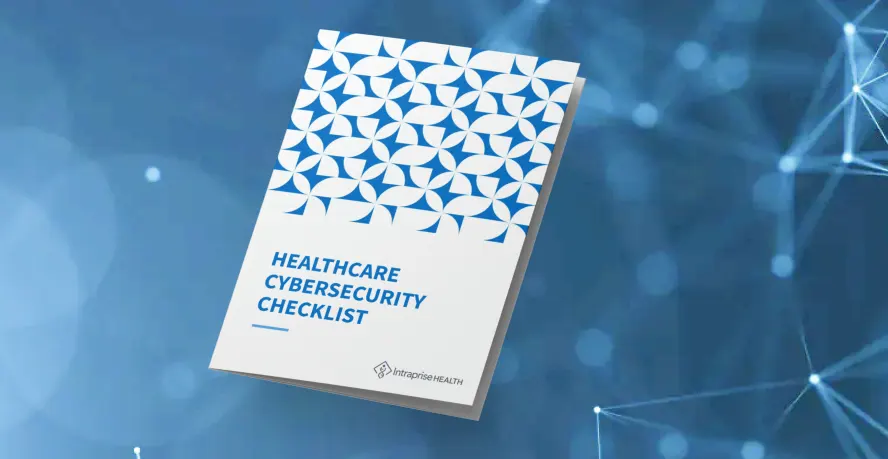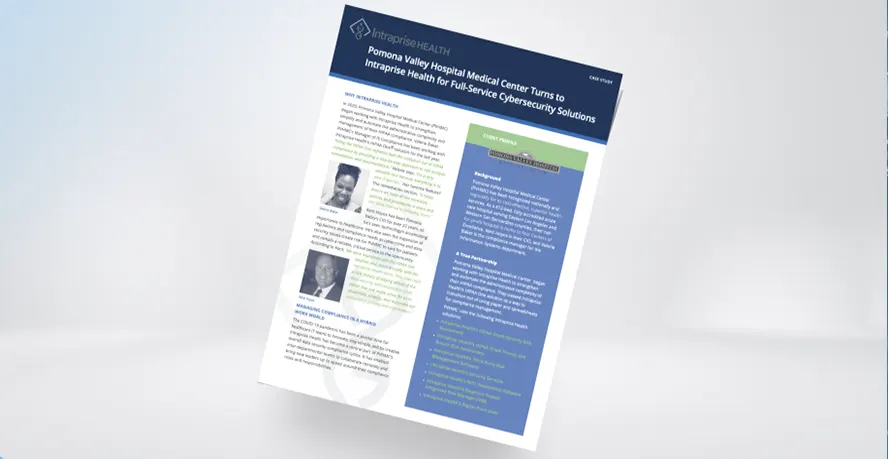Independently Conduct your Risk Assessment Utilizing HIPAA One
Our Guided SRA Includes:
- System workflow guides you through the assessment
- Access to policy and procedure template library
- System-generated risk ratings and remediation recommendations
- Customizable report of findings
- Product usability support provided by your guide








